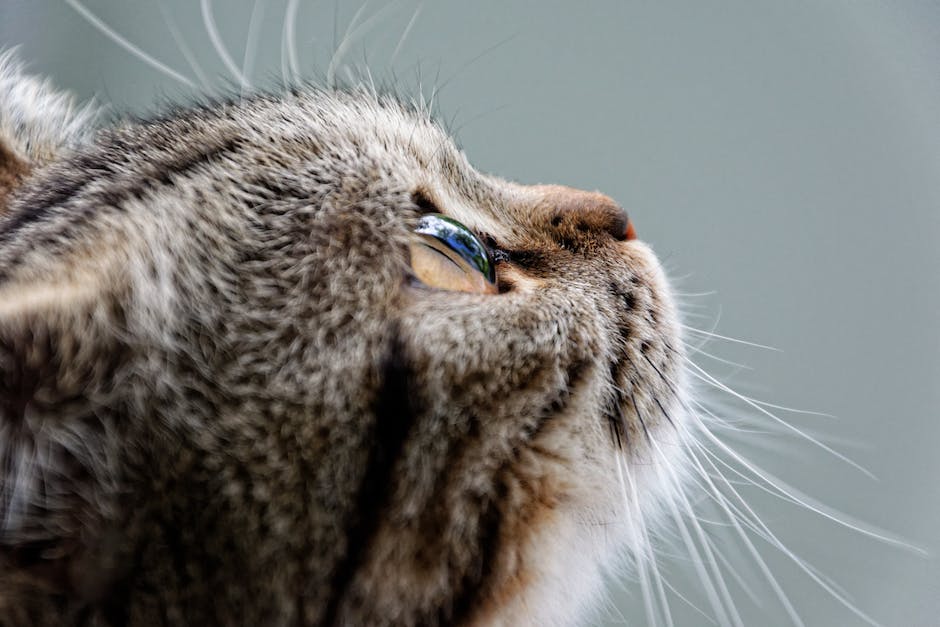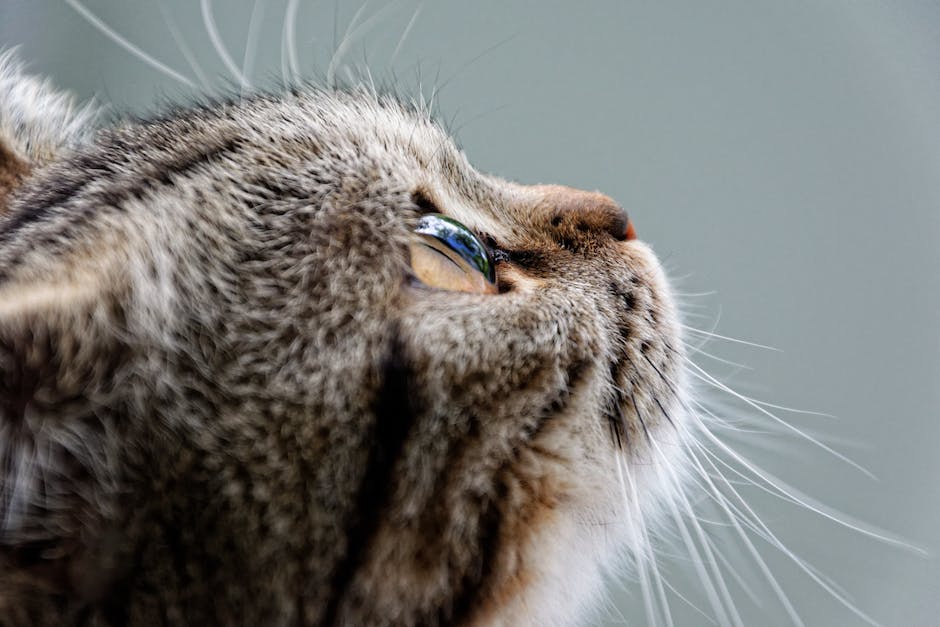A small, dark brown bug with a long, narrow body and pincers on its back end, earwigs are often found in gardens, crawling on plants or in the soil. While most earwigs are not harmful to humans, their pincers can give a sharp pinch if they are handled.
Earwigs are elongated insects with tapered bodies. They have a pair of pincers (cerci) on their rear end and small, delicate wings. Their name comes from the old belief that they crawled into people’s ears to cause mischief. Most earwigs are dark brown or black, but some species have brightly colored bodies.
Can earwigs hurt you?
Earwigs are not dangerous, but they will use their pincers on humans if they feel threatened or startled. Usually, earwigs will pinch you if you try to pick them up or handle them. These pincers probably aren’t strong enough to break your skin, but the pinching might hurt a little.
If you experience a tingling sensation and/or unexplained tickling, it could be a sign of a condition called paresthesia. Paresthesia can also cause rushing noises, such as water in the ear, or ringing in the ears, which can be mistaken for tinnitus. In some cases, paresthesia can also cause a slight hearing loss with the impression that the ear is blocked. If you experience any of these symptoms, it’s important to see a doctor to rule out any underlying causes.
How do I get rid of earwigs
To make a homemade earwig killer, mix together equal parts of 70 percent rubbing alcohol and water. Spray the mixture on earwigs on contact to kill them. Note: Before treating the entire plant, spray just one leaf of a plant and wait 24 hours to be sure the mixture won’t cause damage.
The earwig gets its name from the long-standing myth that it can climb inside a person’s ear and either live there or feed on their brain. While any small insect is capable of climbing in your ear, this myth is unfounded.
What keeps earwigs away?
There are a few specific essential oils that earwigs really dislike the smell of. Some of the best scents to keep earwigs away include peppermint, eucalyptus, cinnamon, and basil. In order to distribute these scents throughout your house, simply put a few drops of essential oil into some water to dilute it.
There is no reason for earwigs to find their way into your bed. They prefer damp, dark spaces within structures, such as a crawl space under your home, a cellar, or your basement. If you find them in your bed, they may have been brought in on clothing or other objects, and they will eventually die if they cannot find a suitable environment.
What attracts earwigs in your house?
Earwigs are common pests that can be found both outdoors and indoors. They are often attracted to lights and can move inside homes and businesses through things like newspapers, boxes, lumber, and books. Plants can also bring them inside. To prevent earwigs, it’s important to keep these materials away from the outside of your home and to regularly check for and remove any that might have made their way inside.
If you find earwigs in your home, it may be an indication that you have a bigger problem going on beneath the surface. This is because earwigs are attracted to damp or moist and dark areas. If you find them in your home, it means that they are satisfying this living condition somewhere inside.
Where do earwigs hide in your house
Earwigs are easily recognizable by their long, slender bodies and large pincers on their rear end. These pests are attracted to moisture and typically enter homes through small cracks and crevices in search of food or to escape the weather. You’ll often find them in the kitchen, bathroom, or laundry room, as well as in other cool, damp places like basements and crawl spaces.
While earwig infestations are not common, they can be a nuisance if they do occur. If you suspect you have an infestation, the best course of action is to contact a pest control professional for assistance.
To make a homemade earwig killer, mix rubbing alcohol and water together in a spray bottle. This will kill earwigs immediately. You can also apply boric acid powder to areas where earwigs are likely to crawl.
Are earwigs hard to get rid of?
Earwigs can be a nuisance for any homeowner, but there are some easy ways to get rid of them! Luckily, these pests aren’t particularly difficult to eliminate and most homeowners can probably do the job with items they already have on hand. Using these all-natural methods to eliminate earwigs will keep your plants looking perfect while also maintaining a safe, pesticide-free environment for your family.
If you’re threatened by an earwig, it could bite you, but this is unlikely to cause any substantial damage. Earwigs don’t have venom, so their bites can’t hurt you too much. However, they do have pincers that they can use to attack you. So, if you’re threatened by an earwig, be aware that it could leave a painful mark behind.
What time of day are earwigs active
Earwigs are active at night and during the day they hide in cracks in damp areas. They live under rocks and logs and in mulch in flowerbeds. Earwigs eat plants and insects.
Earwigs are small, dark brown insects that are common in gardens and yards. They get their name from the long, thin appendage on their rear end that resembles a human ear. Earwigs are not harmful to humans and do not bite or sting. However, they can be a nuisance because they are attracted to homes and other buildings where they can find food and shelter.
Do earwigs go in your nose?
Although the myth of earwigs burrowing into people’s brains has been around for centuries, there is no evidence to support it. In fact, experts say that earwigs generally leave humans alone. In three decades of practice, Lewis’ doctor had never seen such a case.
If you see one or two earwigs in your home, it’s usually not a sign of an infestation. Earwigs usually enter a home because of a change in weather or when food is scarce outdoors. Usually, a door is left open and the earwig enters by accident.
Do earwigs crawl in your ear
Earwigs are small, winged insects that are commonly found in gardens and homes. Although they are not known to specifically target humans, they may enter the ear while foraging for food, resulting in severe ear discomfort. If you suspect that an earwig has entered your ear, it is important to seek medical attention as soon as possible to avoid further irritation.
Boric acid and diatomaceous earth are effective against earwigs.
Conclusion
The common European earwig is reddish-brown, with tan markings and a pair of pincers on the rear of their abdomen. Some species have wings, but they are poor flyers. They are nocturnal insects and are often found in humid areas, such as compost piles, under leaves, and in woodpiles.
Earwigs are long, slender insects that are reddish-brown in color. They have a pair of pincers on their abdomens that they use to defend themselves. Earwigs are found in all parts of the world and are attracted to damp areas.

